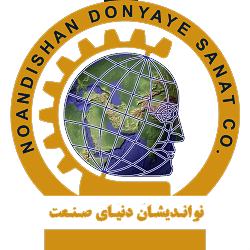
The human hand is a very complex organ that can control objects of different sizes and shapes. Despite all the technological and scientific advances, even the most sophisticated artificial hands designed are only a simple substitute for a real hand.
The function of many known artificial hands is limited to performing simple movements. This also applies to artificial hands developed in large companies.
Our innovative artificial hand product has the same functions as a real human hand. This new lightweight hand is designed for all people who are deprived of having one or both hands. Due to the light weight of this hand, it can minimize the secondary impact on the disabled person’s muscles by using a prosthesis. This arm is driven by DC motors.
The ideal performance of this artificial hand in using tools and objects is similar to the performance of the hands of healthy people in a similar environment. This hand is similar to the human anatomical hand in terms of the ratio of the length of the graft, the shape of the palm, the number of fingers and the way the thumb is positioned and moved, and it has five fingers with full thumb movement. It can also perform most types of human grasping movements. Placing this complex mechanical hand system in a small and limited space is an artistic design.
The movements of the thumb are very complex and allow humans to perform multi-dimensional movements. Therefore, it is very difficult to accurately model the movements of this finger. The movements of the artificial thumb in our artificial hand product are very similar to the real human thumb.
This prosthetic hand has 16 degrees of freedom (DOF) and is driven by an actuator that can be placed on the hand and is very useful for simplifying the hand control system.
Hand control is important for grasping different objects. Some robot hands require a lot of stimuli to move them skillfully. However, if more actuators are used to design the hand, the humanoid robot control system becomes more complex. This is a key aspect for a prosthetic hand because a disabled person may not be able to control the complex mechanism of the hand with many actuators. To solve this problem, this artificial hand has been developed with a new mechanism for the joint movement of the finger joints.
One of the main characteristics of the human anatomical hand is the ability to grasp objects with different geometries. People do not think about the position of fingers and palms when they want to grasp objects. On the other hand, people use the palm of their hand and unconsciously perform zooming and zooming movements at the MP joints.
This artificial hand can be used with the entire length of the residual limb. We can place it on amputees or disabled people through a single socket as an interface between their body and the prosthesis.
